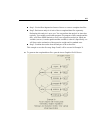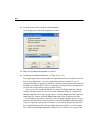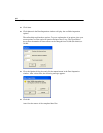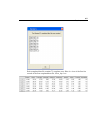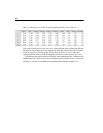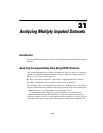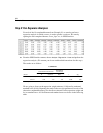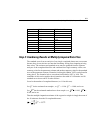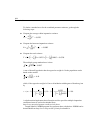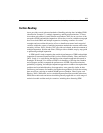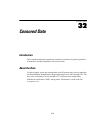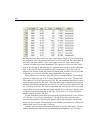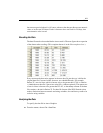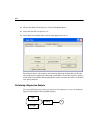
471
Analyzing Multiply Imputed Datasets
Step 3: Combining Results of Multiply Imputed Data Files
The standard errors from an analysis of any single completed dataset are not accurate
because they do not take into account the uncertainty arising from imputing missing
data values. The estimates and standard errors must be gathered from the separate
analyses of the completed data files and combined into single summary values, one
summary value for the parameter estimate and another summary value for the standard
error of the parameter estimate. Formulas for doing this (Rubin, 1987) can be found in
many places. The formulas below were taken from Schafer (1997, p. 109). The
remainder of this section applies those formulas to the table of 10 estimates and 10
standard errors shown above. In what follows:
Let m be the number of completed datasets (m = 10 in this case).
Let be the estimate from sample t, so = 1.106, = 1.080, and so on.
Let be the estimated standard error from sample t, so = 0.160, =
0.160, and so on.
Then the multiple-imputation estimate of the regression weight is simply the mean of
the 10 estimates from the 10 completed datasets:
Imputation ML Estimate ML Standard Error
1 1.106 0.160
2 1.080 0.160
3 1.118 0.151
4 1.273 0.155
5 1.102 0.154
6 1.286 0.152
7 1.121 0.139
8 1.283 0.140
9 1.270 0.156
10 1.081 0.157
Q
ˆ
t()
Q
ˆ
1()
Q
ˆ
2()
U
t()
U
1()
U
2()
()
172.1
ˆ
1
1
==
∑
=
m
t
t
Q
m
Q



